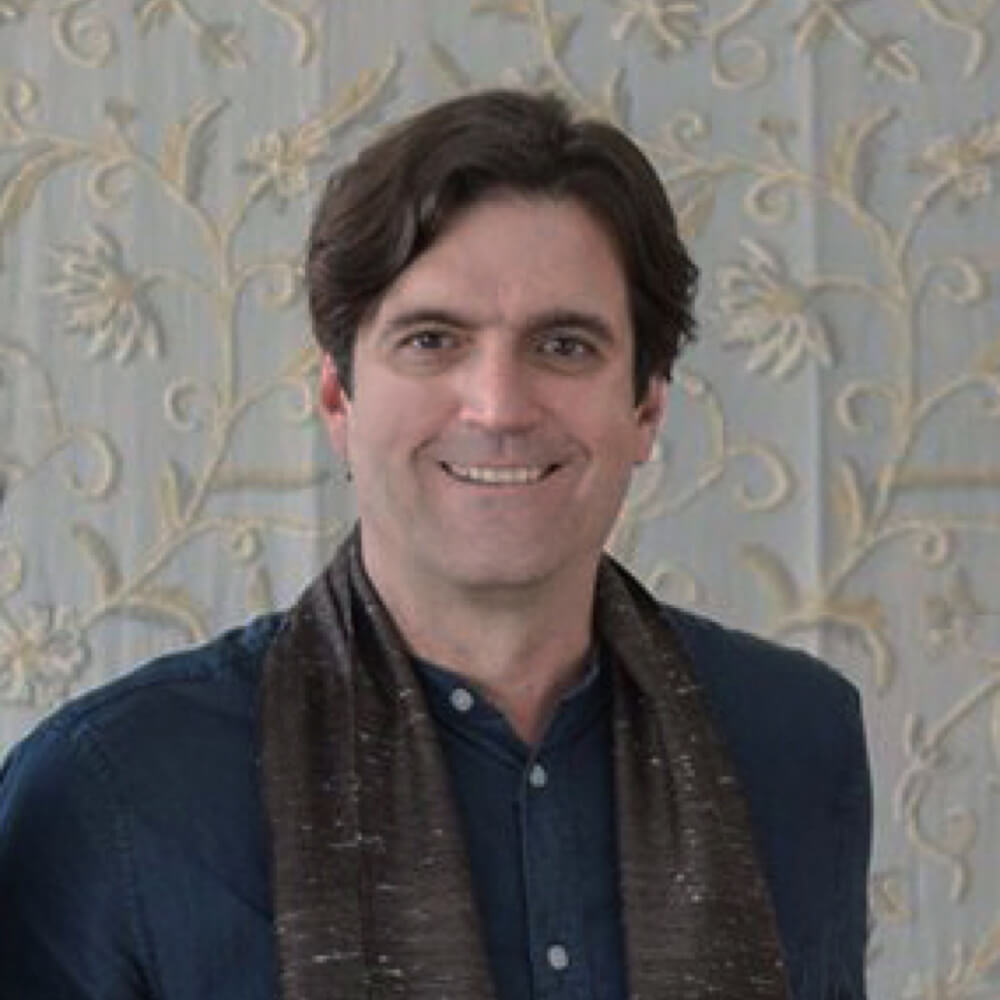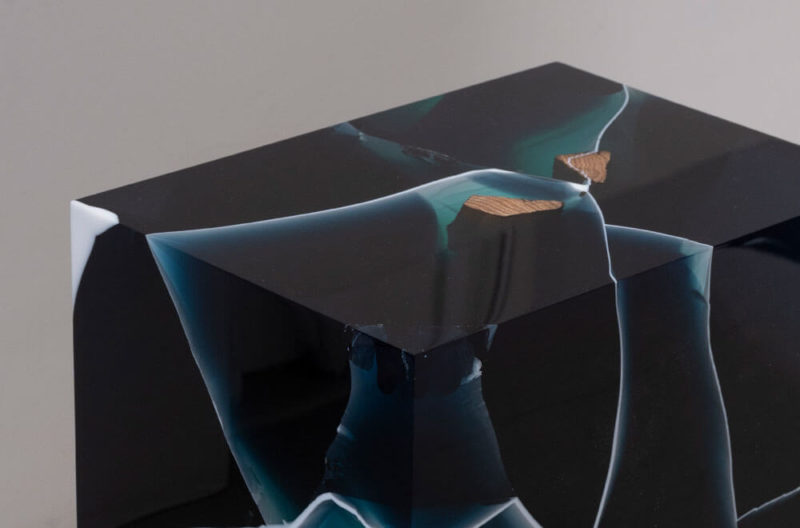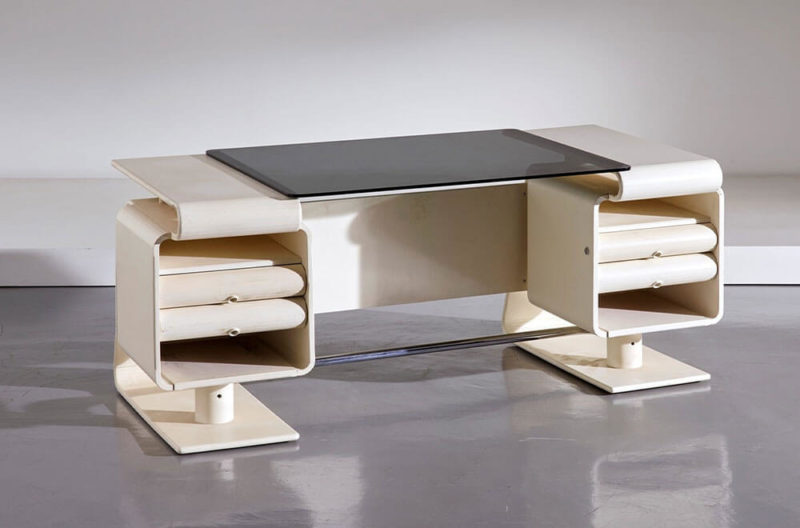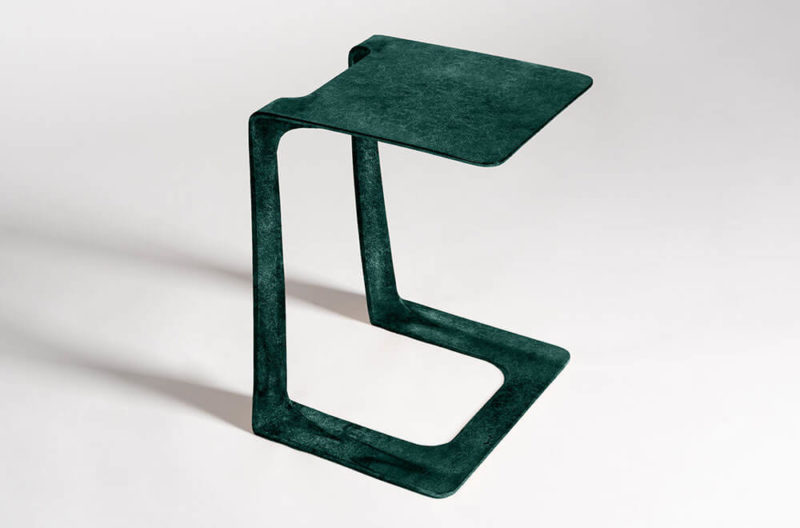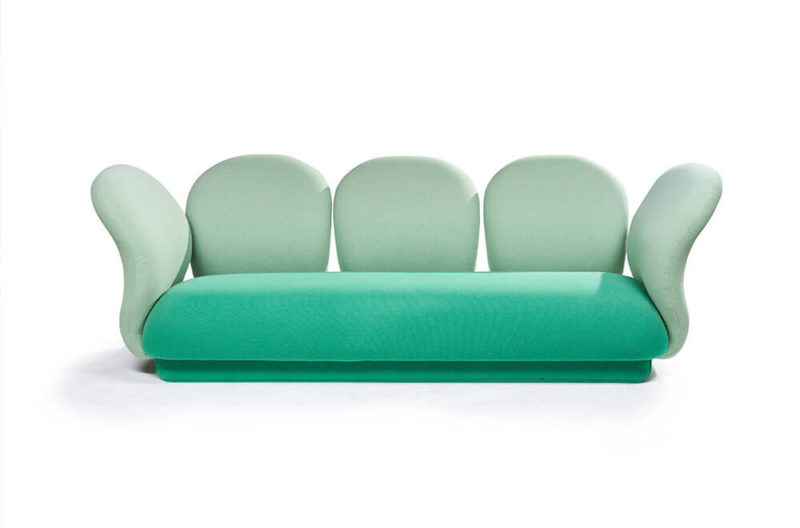atelier oï
After three decades of creative collaboration, the transdisciplinary trio launch a new parallel initiative focused on limited-edition design. TDE visits their headquarters to find out more.
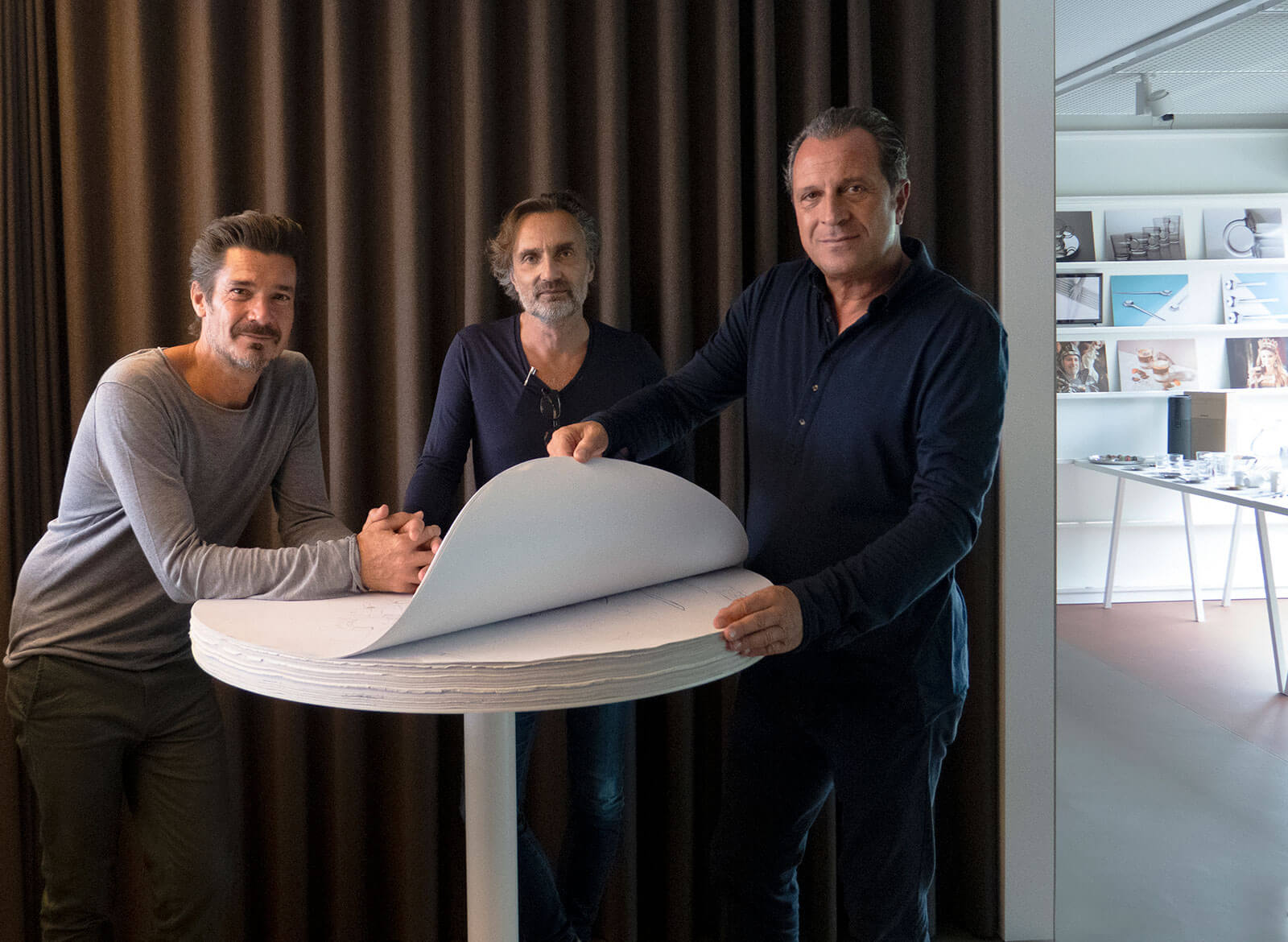
atelier oï (from left to right): Patrick Reymond, Aurel Aebi and Armand Louis
COURTESY: Paul Clemence
AUREL AEBI, ARMAND Louis and Patrick Reymond met as students, in the Swiss town of La Neuveville. Their initial informal collaborations soon developed into an official partnership they called atelier oï, which is today a highly respected design collective, involved in projects covering areas from collectible pieces, to product design and architecture.
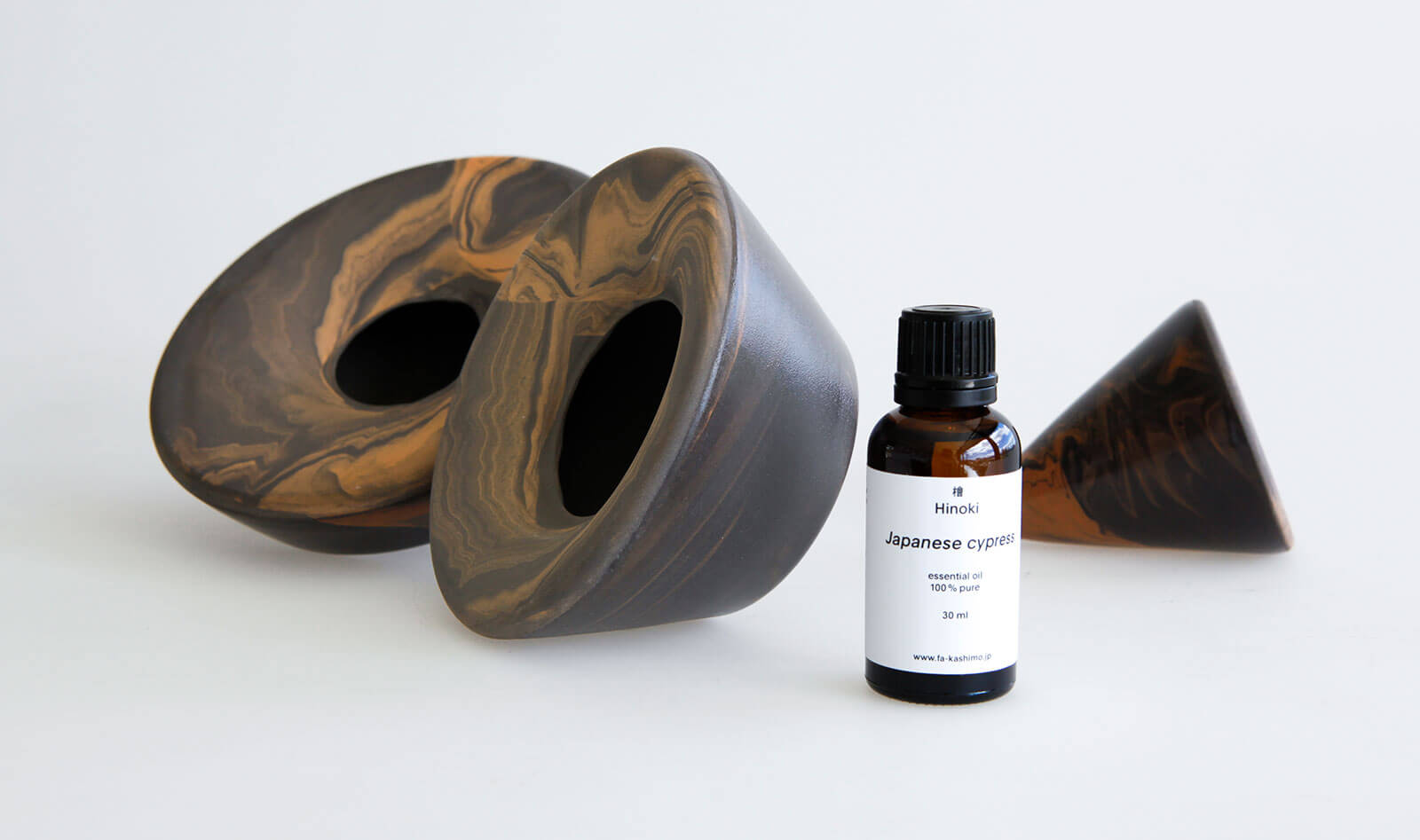
atelier oï in collaboration with HOUSEN-GAMA, ‘Toki-oï’ essential oil diffuser, 2018
COURTESY: atelier oï
As part of their 30th anniversary celebrations, they are launching the first collection by ‘atelier oï PRIVÉ’, a part of their studio that will focus on creating limited-edition series.
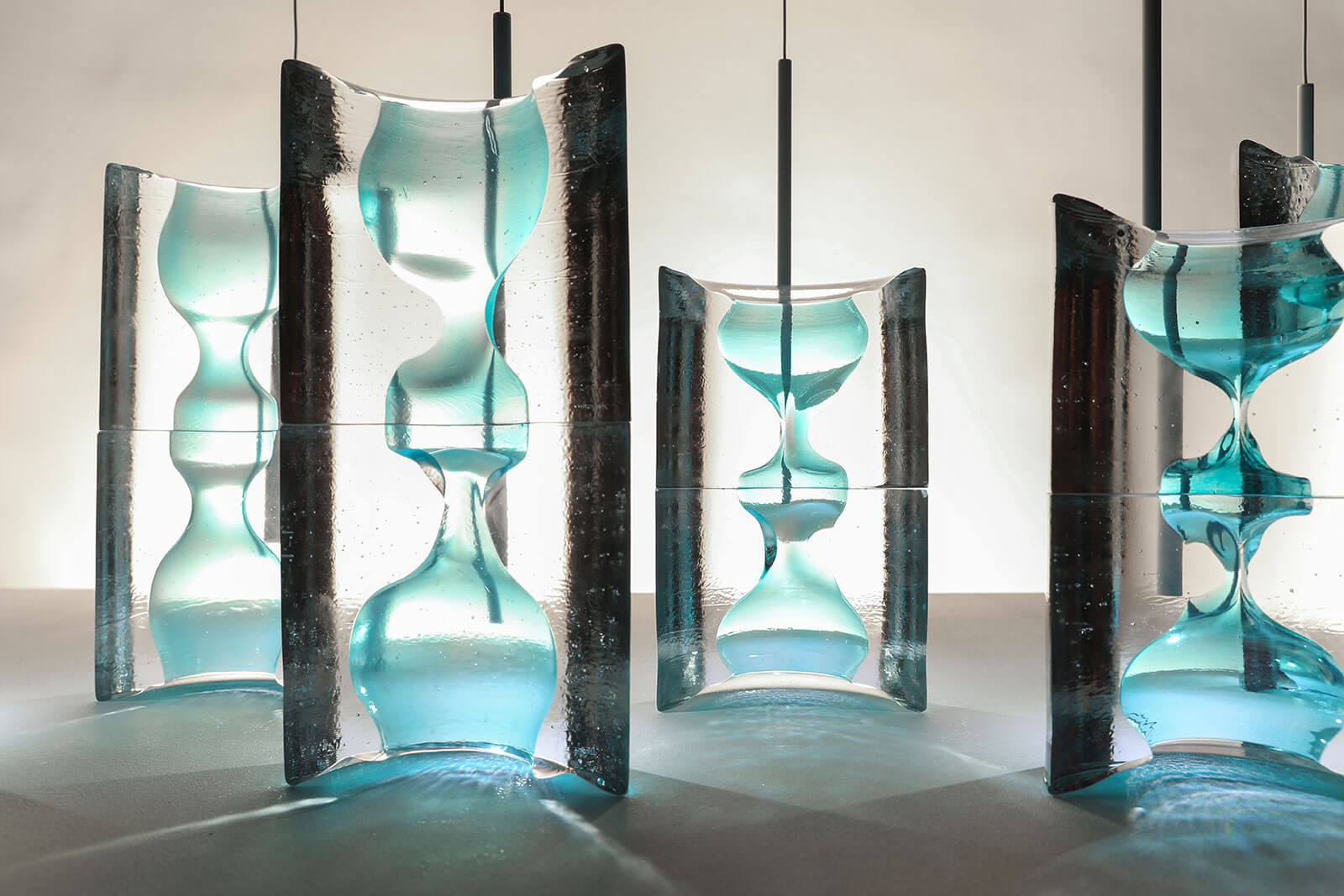
atelier oï x WonderGlass, ‘Séléné’ from the Gaïa Collection, 2021
COURTESY: atelier oï
The design trio continue to live and work in La Neuveville, where their headquarters are based. Dubbed “MOÏTEL” (a play on words between its original incarnation as a motel and the studio’s name), the building is a sprawling combination of studios, offices, materials archives and workshops – creating a dynamic design environment. This is a perfect set-up for atelier oï’s creative process, which relies heavily on experimentation.
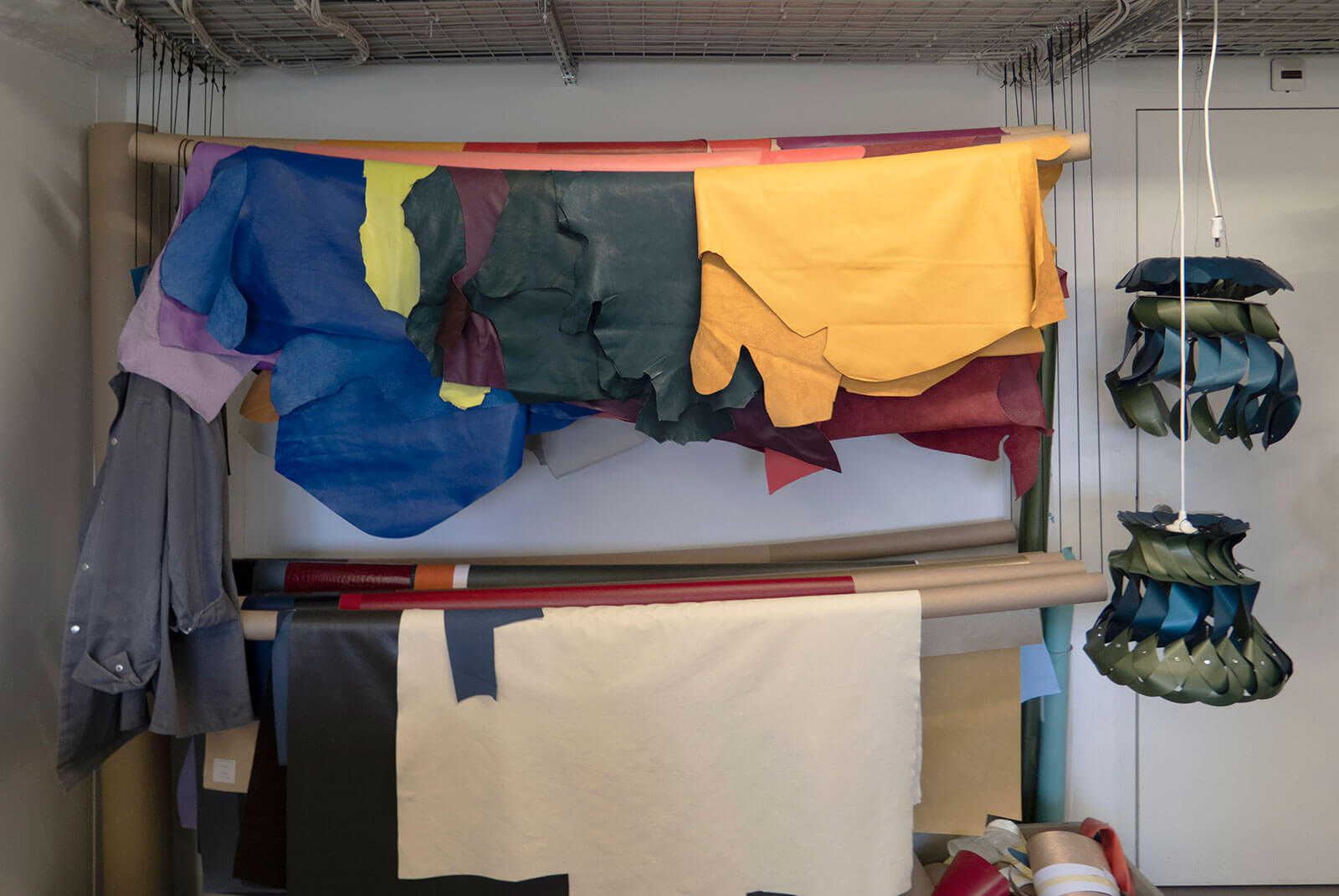
Leather samples at the studio
COURTESY: Paul Clemence
“Since the outset we have been directly connected to materials and [working out] how to transform them,” explains Reymond. “And, very importantly, learning from the materials. We collect the materials, we play with them – even if we don’t have a precise idea of what we will do with them – discovering their qualities and potential, and then we archive that information, waiting for a time until it fits with the context and the story we want to tell for a certain project.”
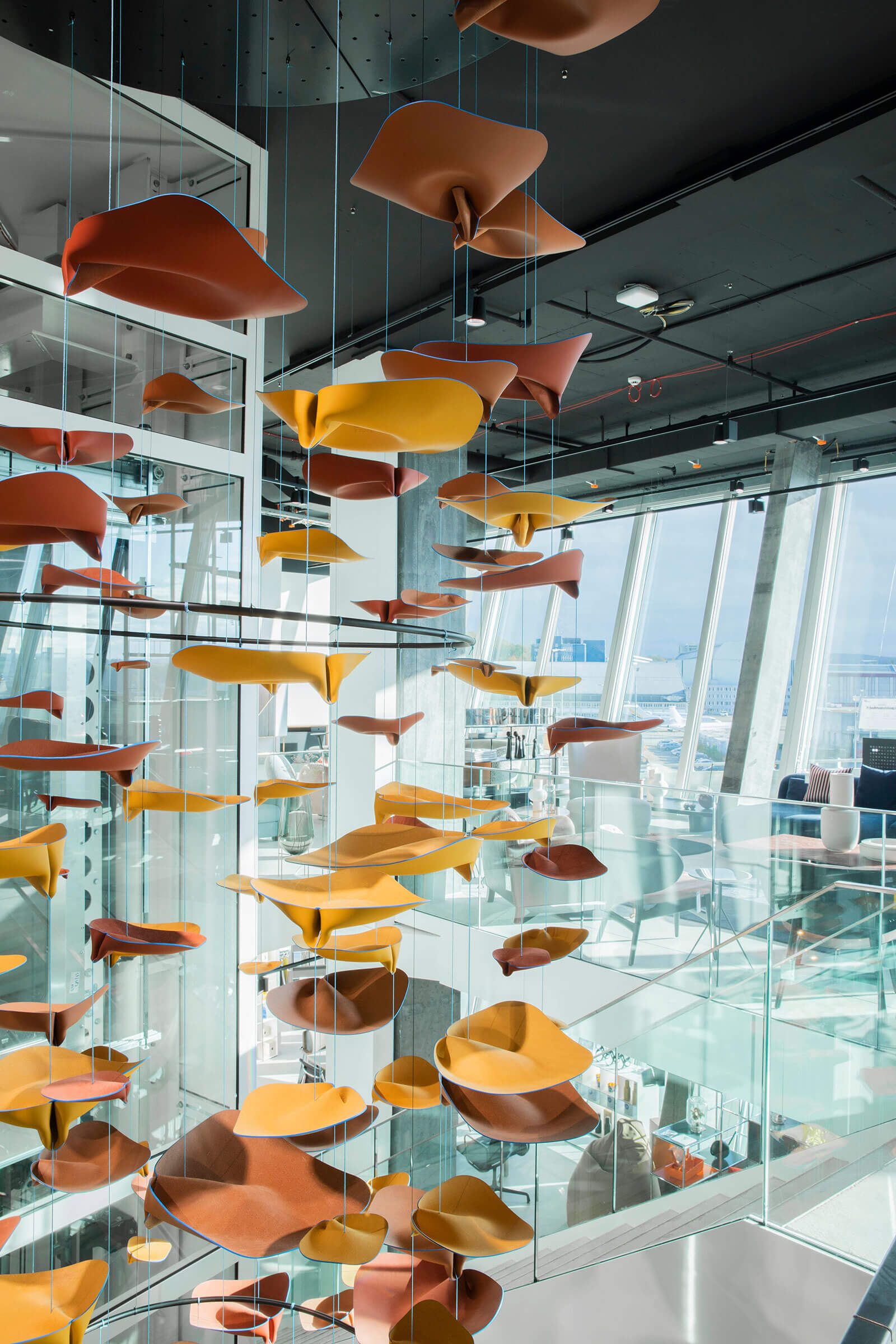
Bruno Wickart x atelier oï, ‘Collection Tactile’, 2021
COURTESY: atelier oï
Creating as a collective could of course have its challenges, but when asked about keeping egos in balance when working as a group, Reymond is very clear about what the priorities are: “From the beginning, the most important thing was always the project! Somebody would do a little sketch, someone would bring the right material, and another would make an inspiring point about the story … that way we erased the ‘one-man show’ thing from the very start – it’s a collective,” says Reymond.
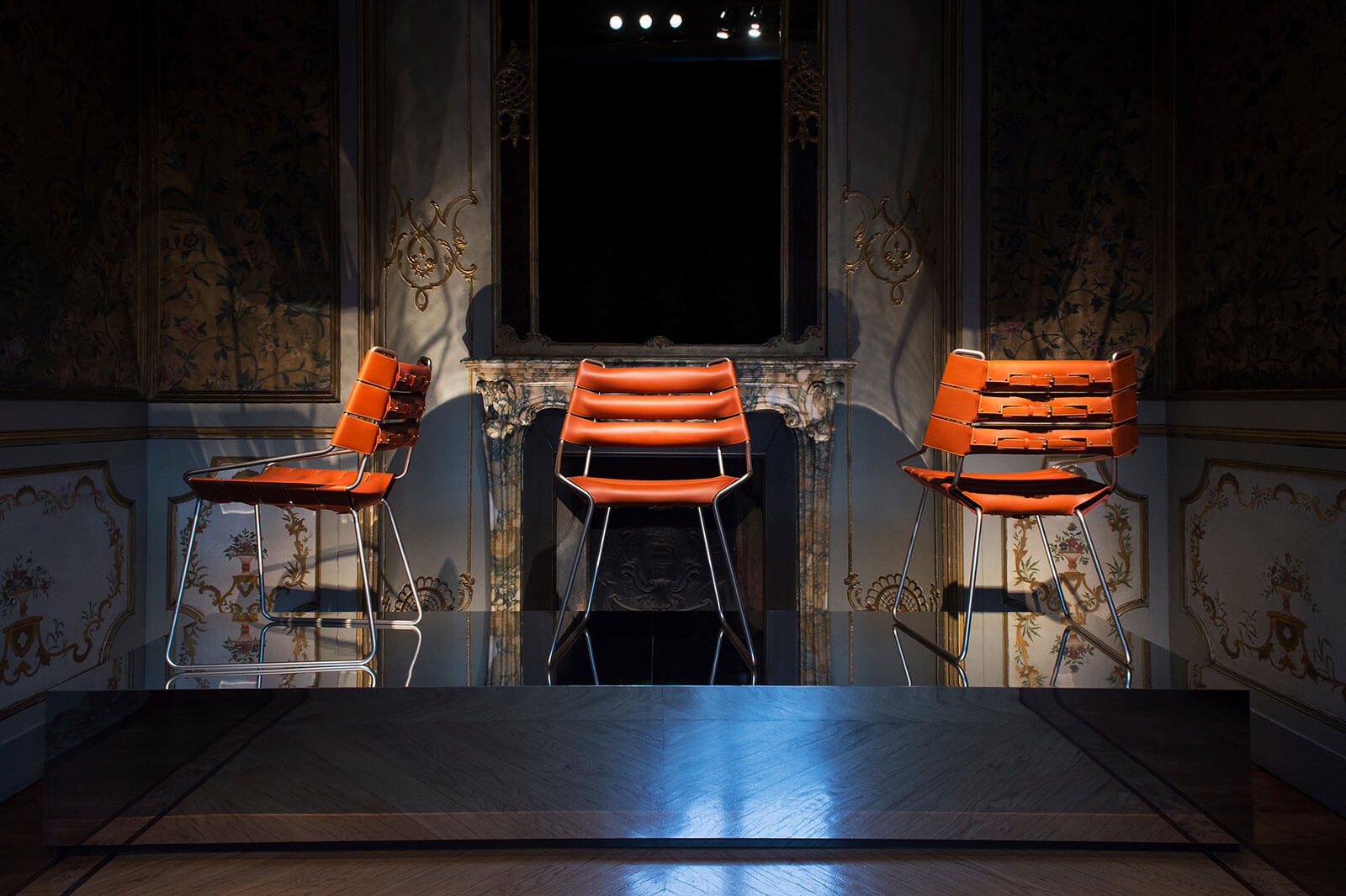
atelier oï for Louis Vuitton Objets Nomades collection, ‘Belt Chair’, 2017
COURTESY: atelier oï
He then goes on to compare the dynamic to a band, a natural metaphor since the three principals are all also musicians and play together: “It’s like a jazz trio: there’s a drummer, a guitar and maybe a saxophone, and each plays their best, but you have to listen to the others and know when it’s time for you to stop for the other players to do their thing as well. Sometimes the music (or a project) will go on without you, but you are still there supporting in another way. So, when we are working on a project, one might be talking, another one sketching, and the other one is listening – this is what we learned and what we do with our team!”
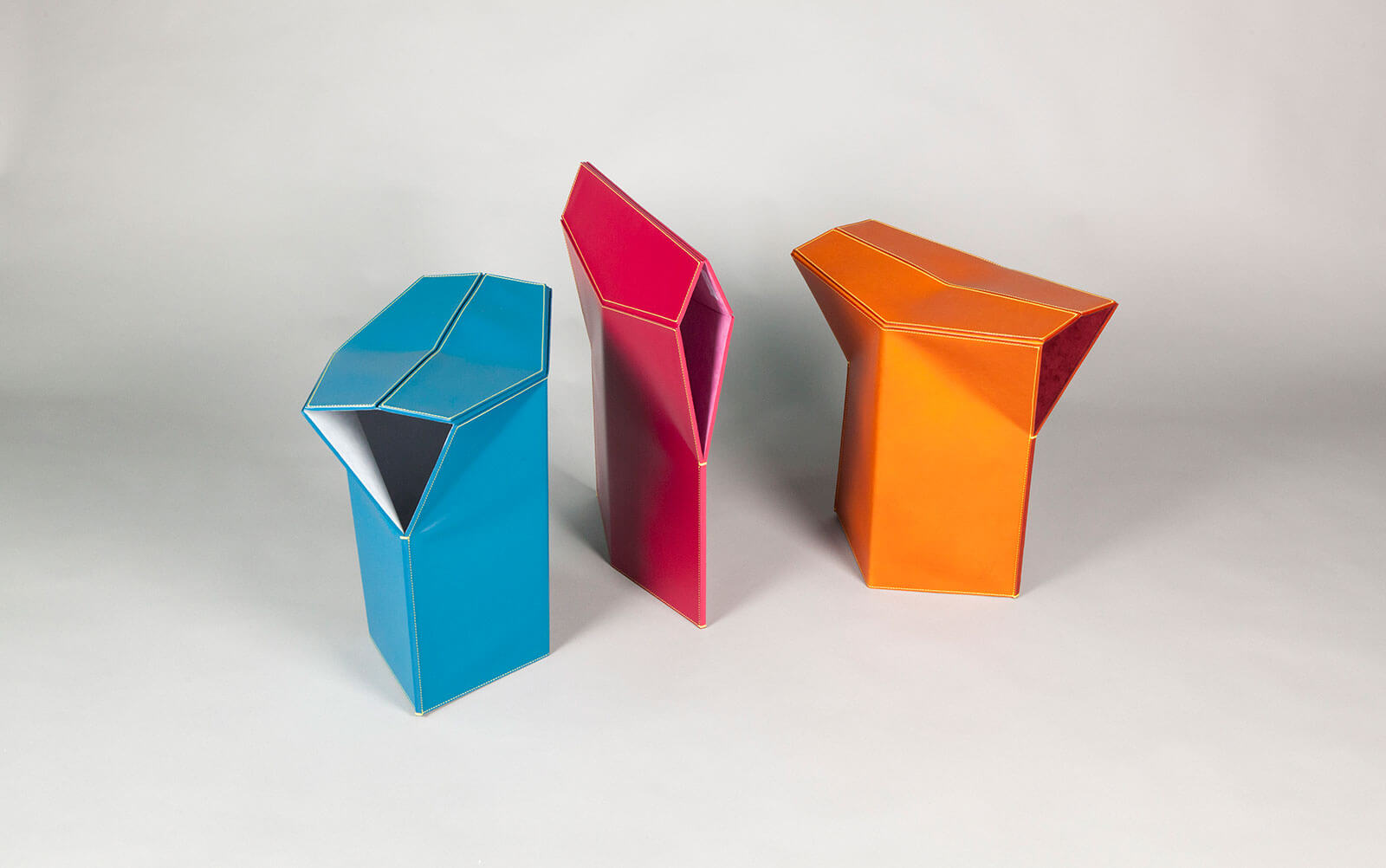
atelier oï for Louis Vuitton Objets Nomades collection, ‘Folding Stool’, 2012
COURTESY: atelier oï
Their practice is a most eclectic one, including commercial projects for clients as diverse as the likes of Dior, Bulgari, Artemide, B&B Italia and Lasvit, but also encompassing collaborations such as their architectural contributions to the Smiling Gecko NGO initiative in Cambodia started by photographer Hannes Schmid. Through their participation in the Louis Vuitton ‘Objets Nomades’ collection atelier oï also entered the world of collectible, editioned design, their woven leather hammock piece quickly becoming a highly sought after item.
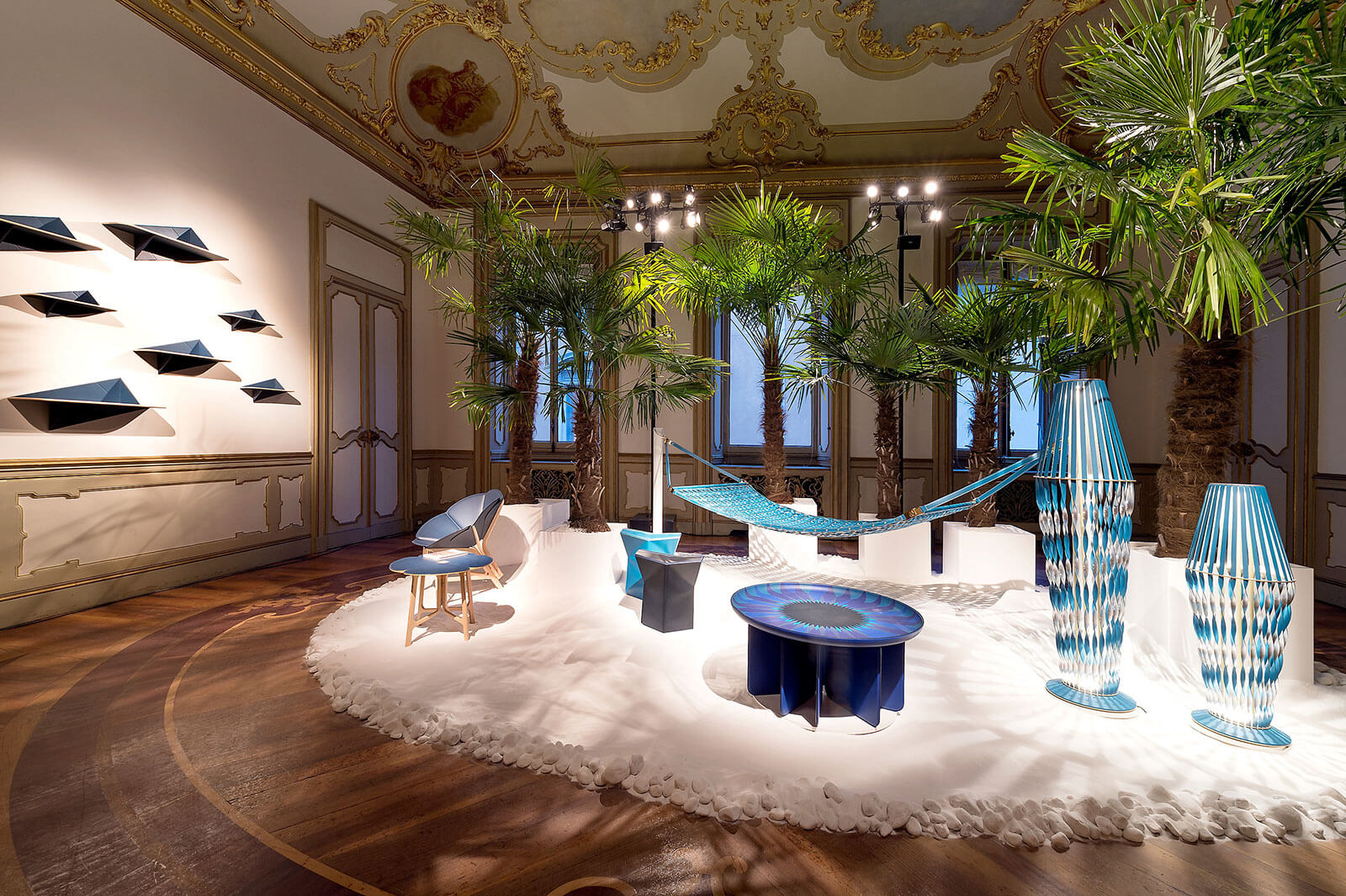
Installation view of some of atelier oï designs for Louis Vuitton Objets Nomades collection, 2017
COURTESY: atelier oï
Commenting on the difference between the commercial and collectible pieces, Reymond says: “It’s question of scale. If it’s a commission to develop a contract chair there would be more pragmatic questions to be considered; if it’s a chair to be produced in limited edition there is more room to experiment and try ideas.” But he also remarks that what initially starts as something very experimental can then develop into a commercial item. He proceeds to tell the story of their ‘Allegro’ lamp for Foscarini.
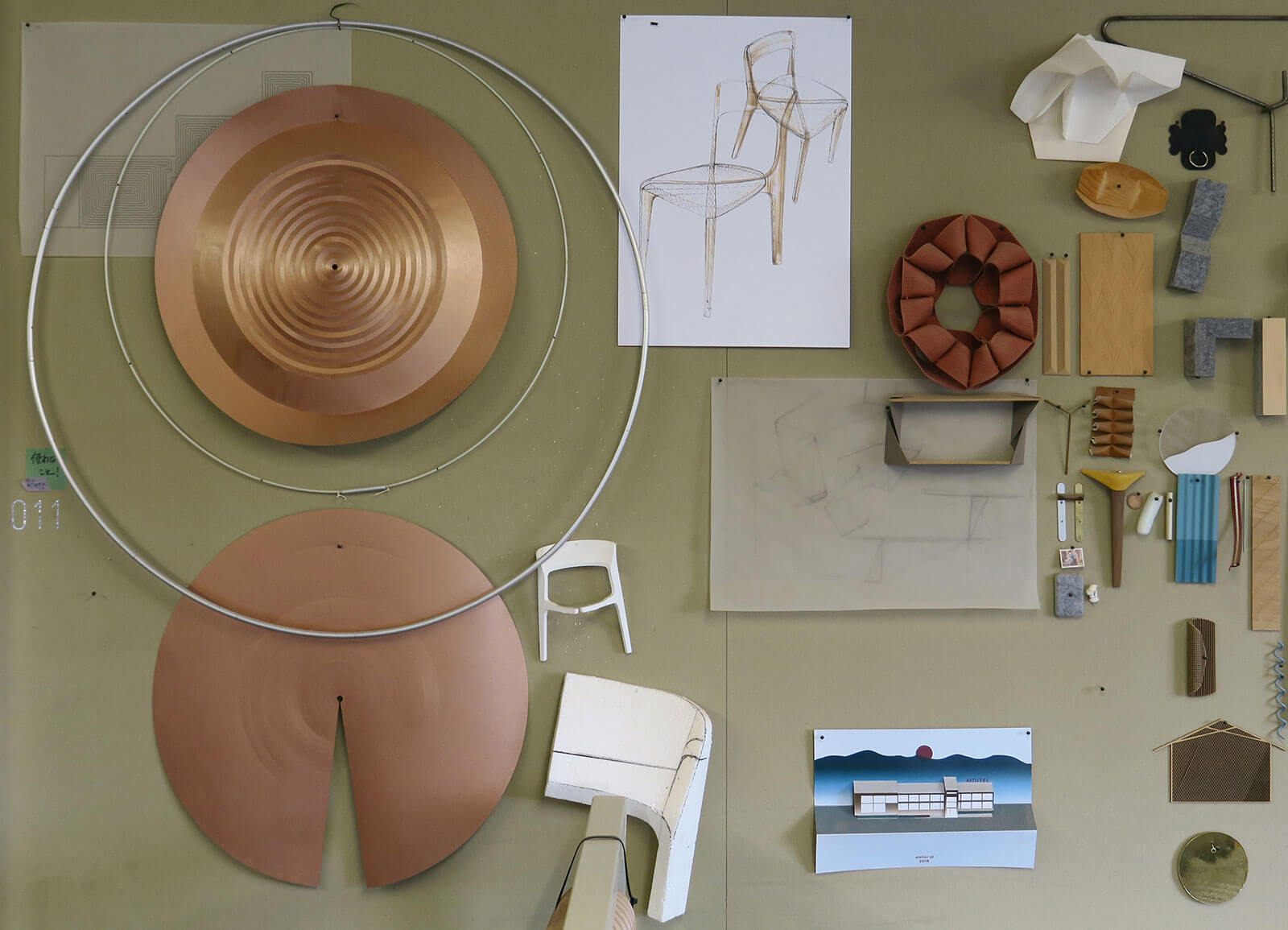
Studio
COURTESY: Paul Clemence
The lamp, which is to this day one of their most commercially successful and recognised items, actually started as a way to make a statement about their creative process, an attempt to clarify their process of storytelling with materials, what they call “storytecture”. And as part of this story, they thought they would also add the element of sound, creating a musical object. They then began exploring the forms related to sound, which slowly developed to also mean movement. The actual light element came last. “It was completely another dimension to being just a lamp”, says Reymond. “For us, it was an expression of how we develop projects, how atelier oï works. We had no idea it would become a commercial product.”
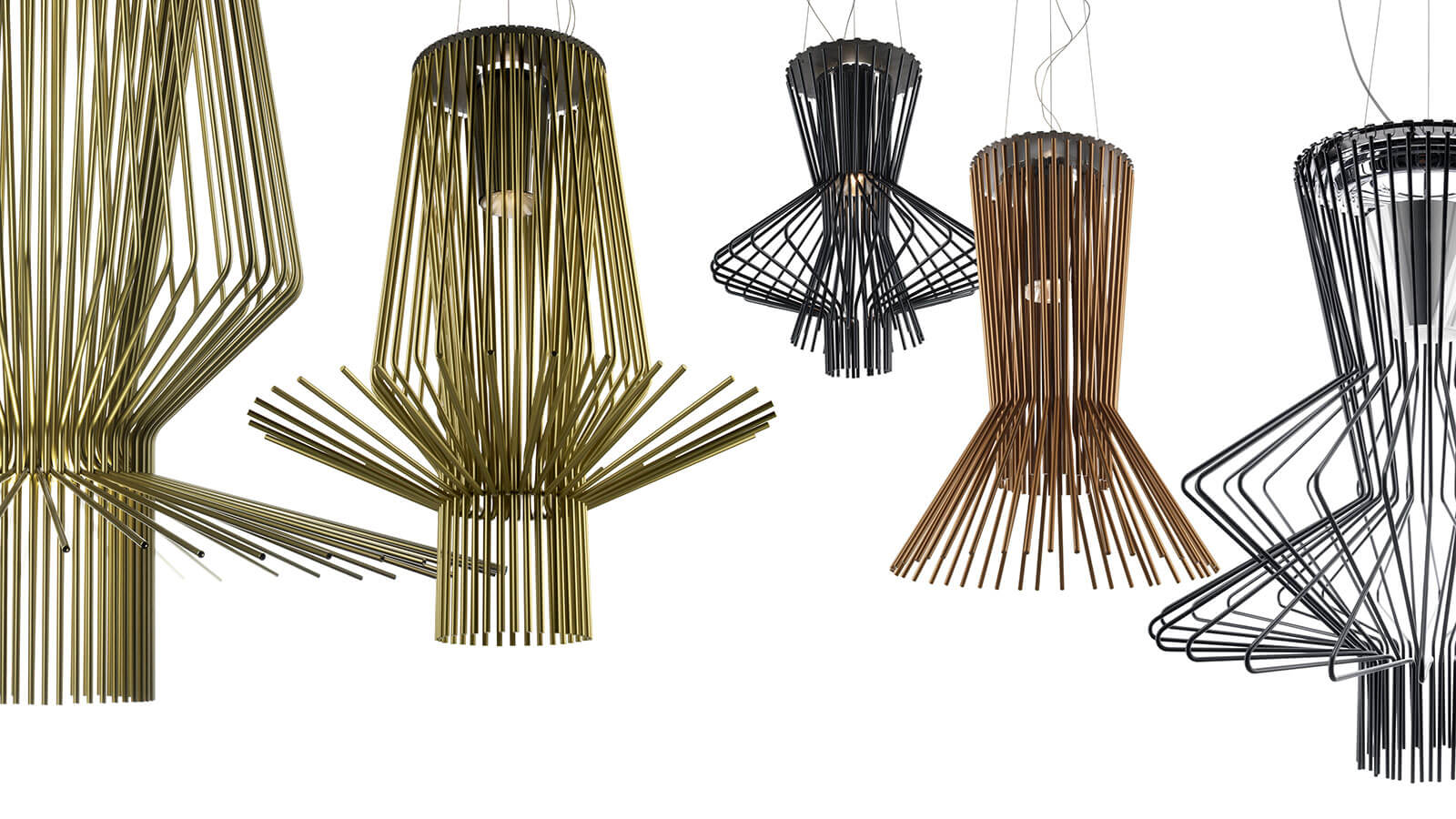
atelier oï x Foscarini, ‘Allegro’ collection of lamps
COURTESY: atelier oï
Some of what they learned with that and other projects, from the activation of the shapes to the materials, led to another design that also had its beginning as a purely experimental, non-functional idea. This is the dancing ‘oïphorique’ lamp that they developed as an installation celebrating their 20th anniversary – it is now produced by Parachilna.
The recent launch of ‘atelier oï PRIVÉ’, focused on limited-edition series, will enable more material experimentation between the designers and the craftspeople executing the pieces. For the first collection, atelier oï PRIVÉ collaborated with a traditional glass Venetian workshop (WonderGlass) to create the ‘Gaïa’ series of five glass pieces, whose basic function is to interact with light.
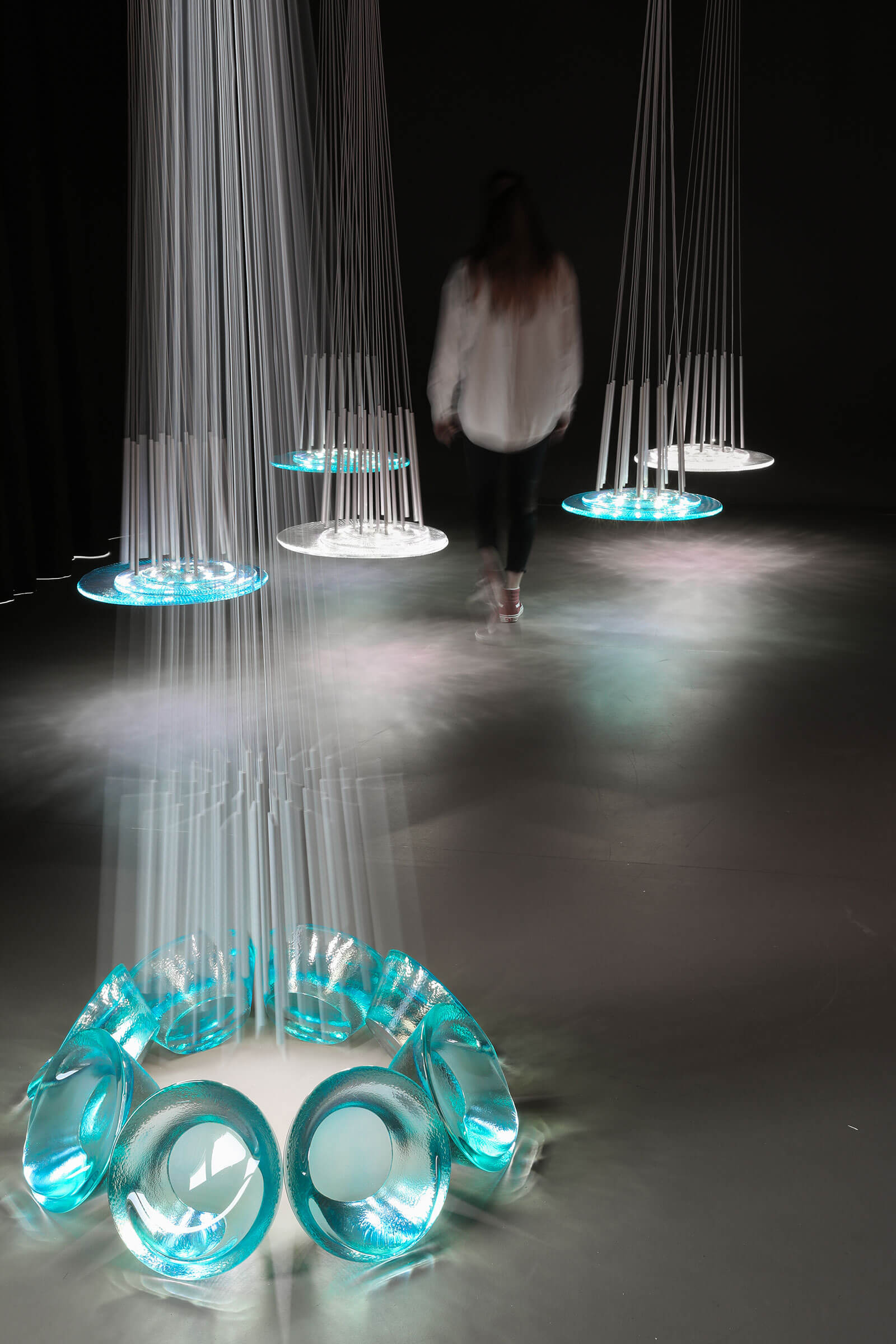
atelier oï x WonderGlass, ‘Eos’ from the Gaïa Collection, 2021
COURTESY: atelier oï
“Since the outset atelier oï has been directly connected to materials and learning from them”
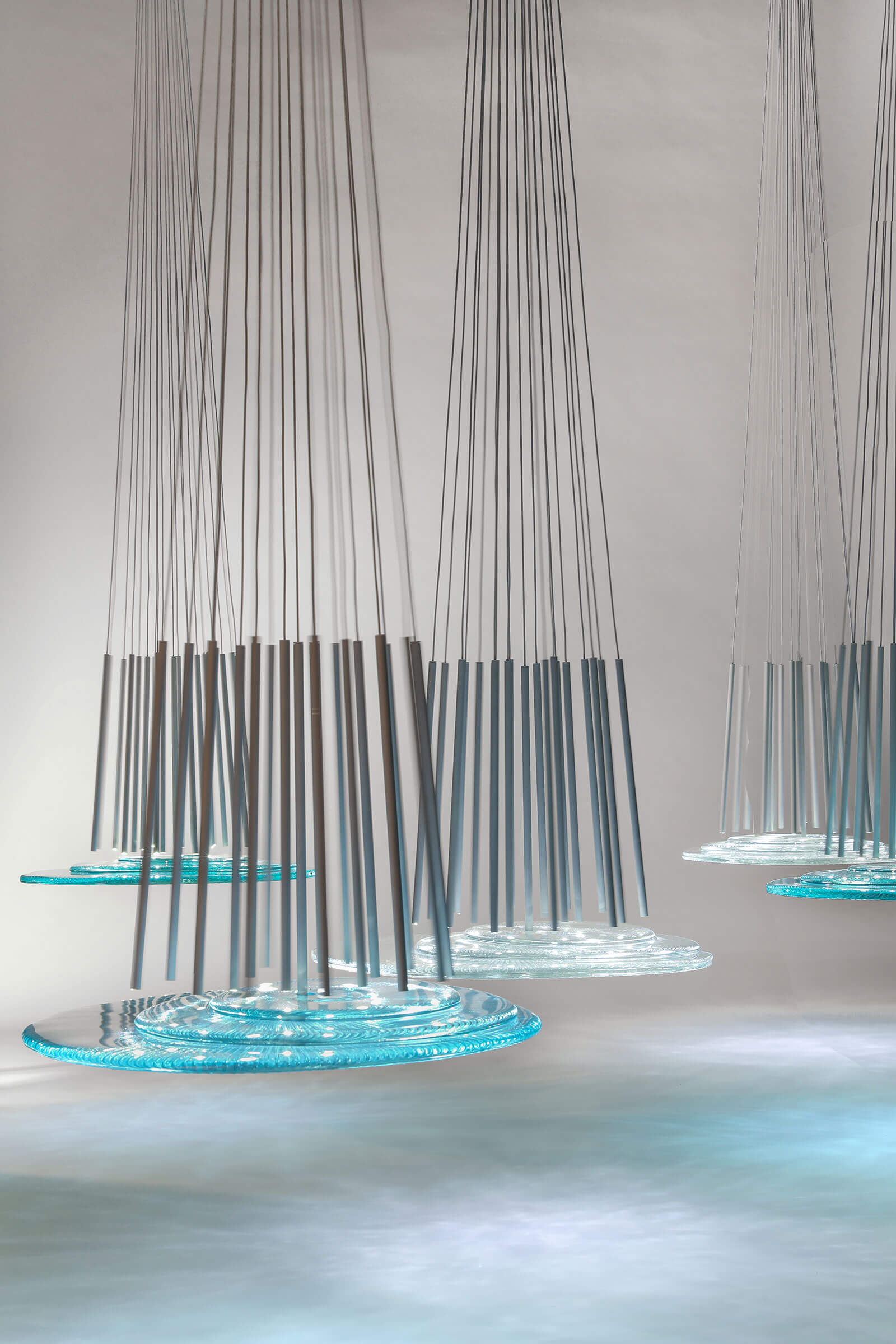
atelier oï x WonderGlass, ‘Marea’ from the Gaïa Collection, 2021
COURTESY: atelier oï
“We collect materials and play with them – discovering their qualities and potential”
“We wanted to explore the many different states that glass can reflect,” the trio states. And so, combining together their rich design history with the highly skilled glass craft techniques, they have produced a collection that expresses a myriad of light situations – from nuanced effects to dynamic movements, from the play of light on water to the shimmering spill of lava. The pieces elude easy description but make a poetic statement on light, space and time.
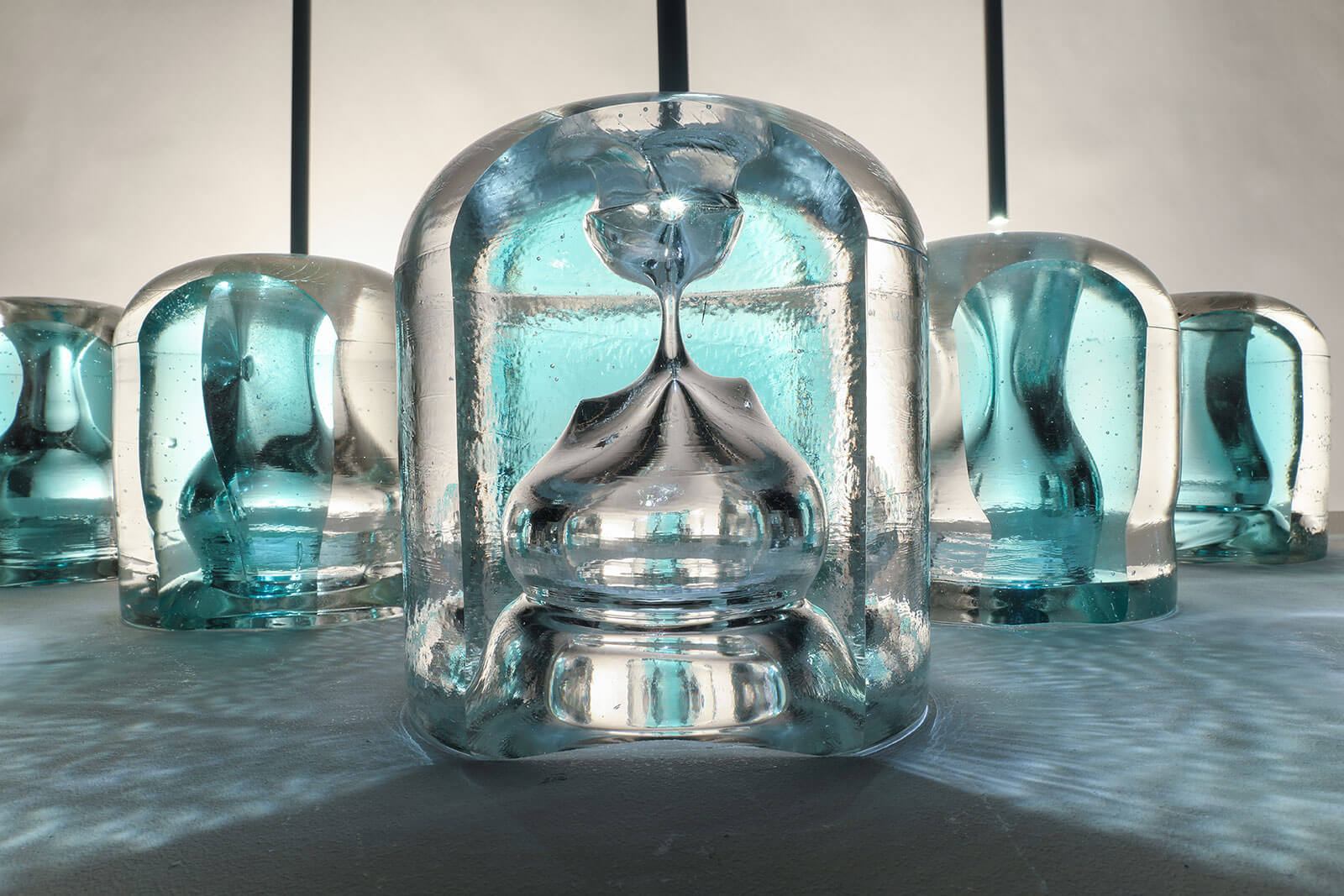
atelier oï x WonderGlass, ‘Aura’ from the Gaïa Collection, 2021 (detail)
COURTESY: atelier oï
“Experimentation is the basis of our work,” emphasises Reymond. “Inspiration will always come from this experimentation. Sometimes we try something that might not be applied right away, but eventually it will turn up and be the beginning of a new story.”
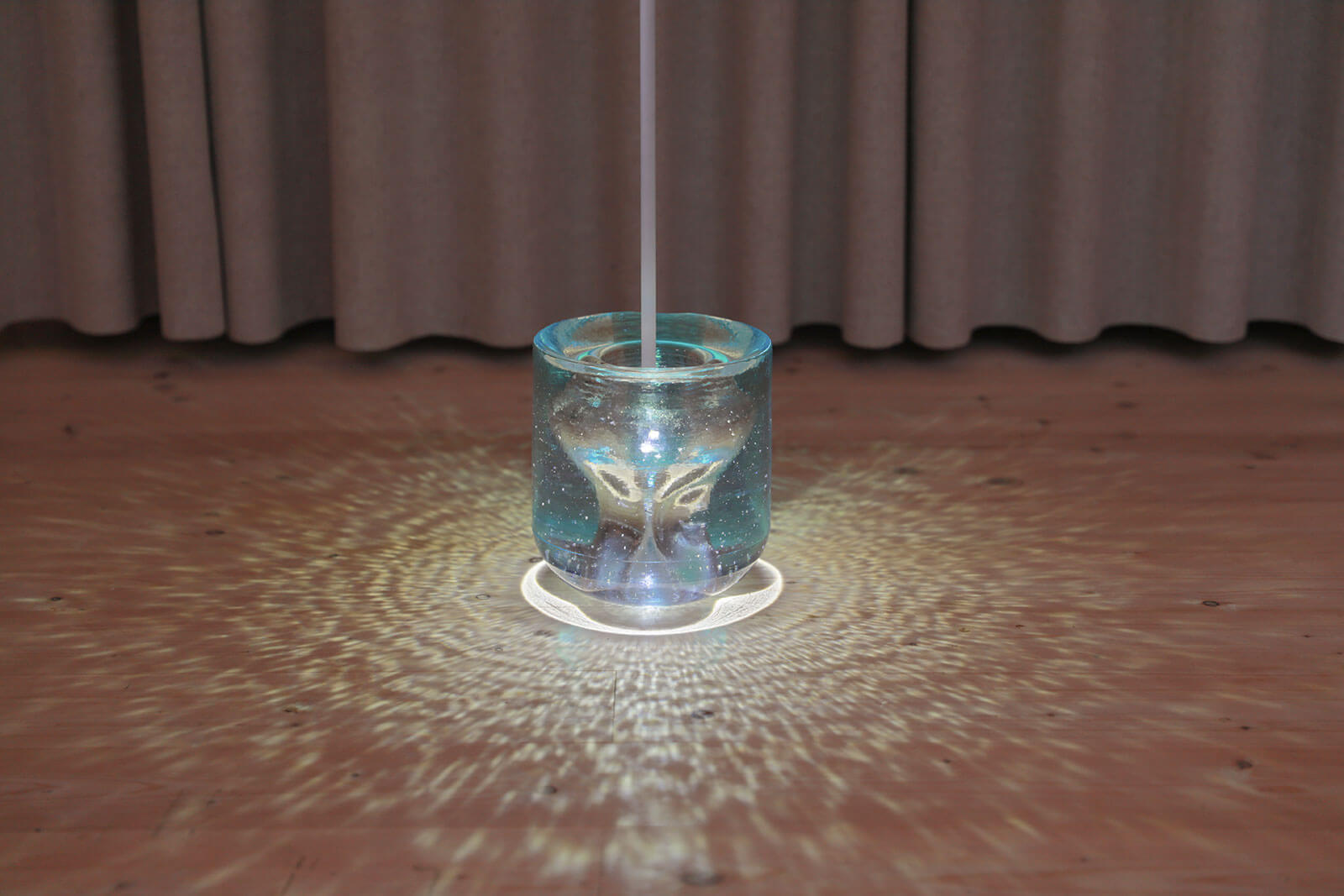
atelier oï x WonderGlass, ‘Aura’ from the Gaïa Collection, 2021
COURTESY: atelier oï
